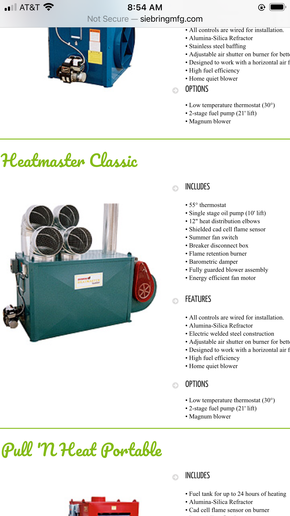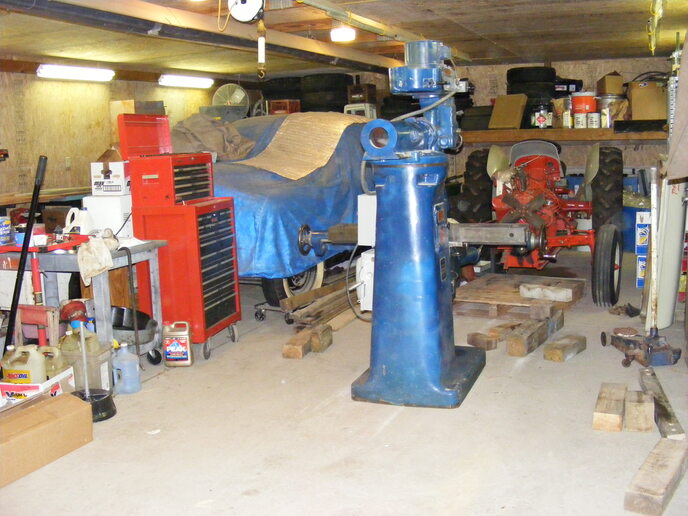Now that I'm retired I want to be able to work in my barn this winter. It gets cold here in West Michigan so I'll need heat. My barn is 28' X 48' and I want to heat at least half of it. State Farm Insurance says I can't have a wood stove and I can't afford that much LP. I HAVE 12' side walls which have styrofoam insulation and a wood floor loft and cement floor.
Any ideas. Could I use an outside wood stove? I don't see how that would work since my floor is already there.
I know it sounds dumb to be thinking about this in July but time flys and it will be cold before you know it. Also contractors and parts can be hard to come by now.
Thanks.
Dave
Any ideas. Could I use an outside wood stove? I don't see how that would work since my floor is already there.
I know it sounds dumb to be thinking about this in July but time flys and it will be cold before you know it. Also contractors and parts can be hard to come by now.
Thanks.
Dave



